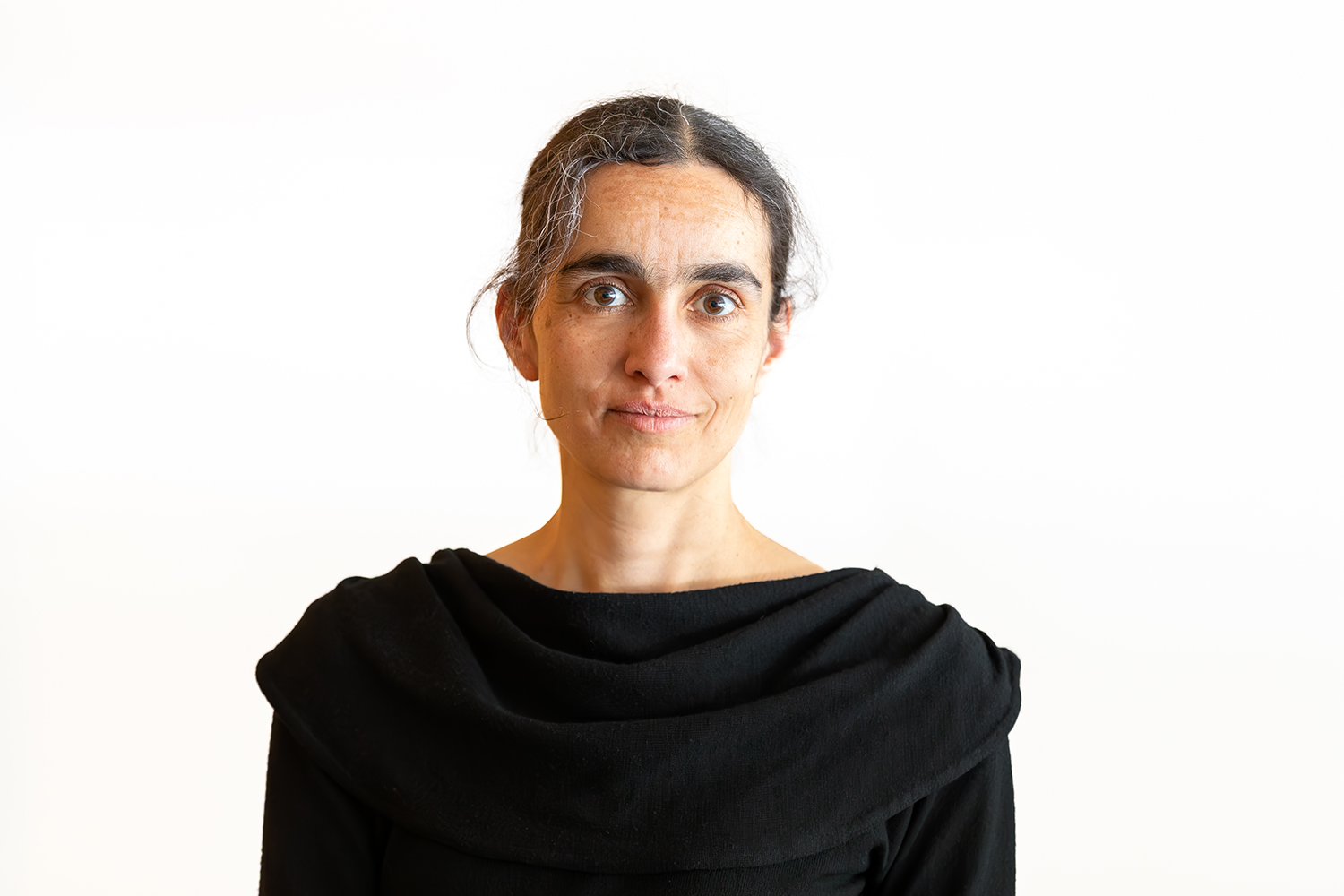Lichtenberg Professorship enters its next phase TU physicist Jessica Agarwal continues research on active asteroids
Astrophysicist Prof. Dr. Jessica Agarwal will remain at TU Braunschweig for the long term: her Lichtenberg Professorship has been extended for three years and will continue to receive degressive funding – combined with a lifetime professorship. The decision follows a positive evaluation and recognises both the professor’s excellent scientific achievements and the strategic importance of her research for the university. In 2020, Prof. Agarwal was awarded a Lichtenberg Professorship by the Volkswagen Foundation worth 1.2 million euros. This prestigious funding is aimed at outstanding scientists working in innovative, interdisciplinary fields of research. At TU Braunschweig, she uses telescopes to investigate the physical properties and developments of asteroids and comets – and thus central processes in the formation of our solar system.

Prof. Dr. Jessica Agarwal. Picture credits: Kristina Rottig/TU Braunschweig
What does the extension of the Lichtenberg Professorship mean to you?
The extension will enable my research group and me to continue our research into small bodies in the solar system and to incorporate this topic more strongly into our teaching. The associated continuity of my professorship also opens up long-term prospects at TU Braunschweig and in Germany – an important aspect, as many large-scale projects in astronomy and space research are designed to run for decades. This will enable us, for example, to prepare early for the data from ESA’s Comet Interceptor space probe, which is scheduled to reach its destination in the early 2030s.
Looking back, what have you been able to achieve scientifically since 2020 with the support of the funding? What is the most important result?
The focus of our work has been on so-called active asteroids. These celestial bodies, about one kilometre in size, orbit the Sun on the orbits of classical asteroids between Mars and Jupiter. We usually imagine asteroids as rocky celestial bodies. In contrast, comets, which originate much further away from the Sun, contain a large proportion of various frozen substances that evaporate as they approach the Sun, carrying dust with them, which we then observe as a bright tail.
Active asteroids also temporarily develop dust tails, some simply due to a collision with another asteroid, but some also because water ice evaporates on their surface, as with comets. We have investigated the respective causes of dust emission in a number of active asteroids. A particularly exciting example is 288P. This is a double asteroid system, one component of which apparently contains ice and therefore behaves like a comet. We are now investigating indications that the other component may itself be a double system.
In teaching, I am particularly pleased that a number of students have taken advantage of the opportunity to evaluate image data from large astronomical telescopes as part of their astrophysics internship and to use this data to gain insights into the size and rotation periods of asteroids, for example.
What is the significance of asteroid research?
A central question of our research is the occurrence of water ice in asteroids. Asteroids are considered remnants of planetary formation – incomplete planetary building blocks or fragments of former dwarf planets that have been broken up by collisions over billions of years.
The asteroid belt lies in a zone where water ice can just about exist in a stable form. Asteroids that formed closer to the Sun are therefore likely to contain less ice than those from more distant regions. By better understanding the distribution and proportion of water ice, we can gain important insights into why the solar system developed in this particular way – including the formation of a water-rich planet like Earth, where water can exist in all three states of matter.
